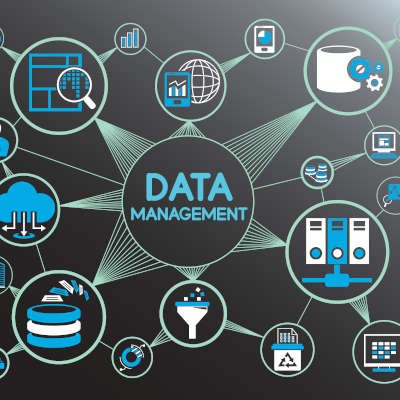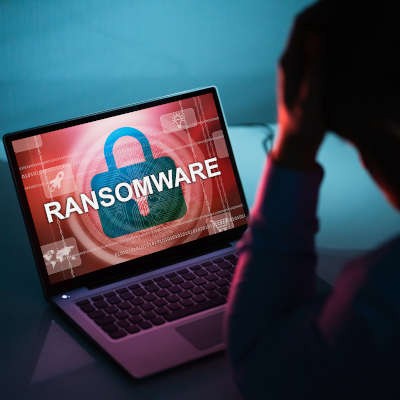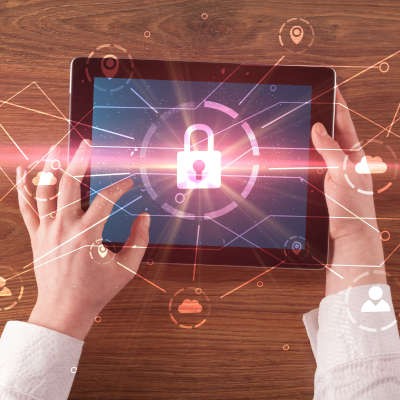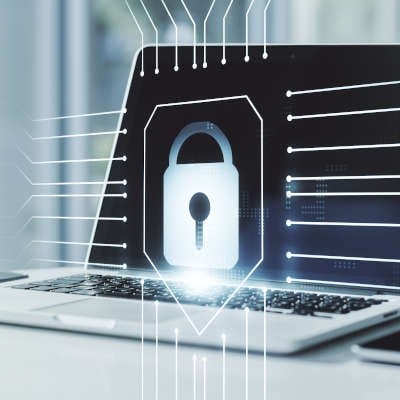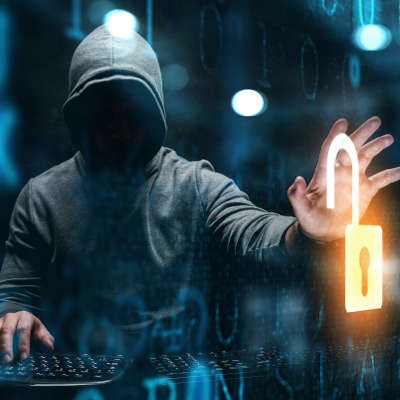SCW Blog
Data security has to be a major consideration for the small and medium-sized business, as not having a plan can lead to some pretty ugly situations. To help you prioritize the right things, we’ve made a list of four questions that you’ll need to answer to ensure your business is doing the right things when it comes to securing your data.
Right now, a lot of people have had a lot more time on their hands than they typically would, so many of them are spending a lot of time on the assorted streaming services to entertain themselves. Unfortunately, cybercriminals have taken note. In light of all this, it seems like an apt time to discuss a particular threat known as credential stuffing.
With all that has been going on concerning COVID-19, many businesses and their employees are experiencing no small amount of anxiety as their position appears to grow more and more vulnerable. Whether your employees are working remotely, or are in-house under strict rules, there’s a chance that they are seeking some additional means of making money. Unfortunately, opportunists are taking advantage of people just like them in this unsure time.
I truly hope that, despite everything that has created challenges for businesses in recent months, I don’t need to remind you of the importance of your organization’s cybersecurity. Let’s consider the solutions that you need to ensure your business remains protected throughout this crisis, as well as any others.
Nowadays, every business accepts payment cards. To protect people’s personal and financial information when conducting transactions using credit, debit, and gift cards, the companies that stand to lose the most if these transactions are compromised: Visa, Mastercard, Discover, and American Express, have implemented industry-wide compliance regulations. This regulation is called PCI DSS, short for Payment Card Index Digital Security Standard. Let’s take a brief look at this regulation.
Your business may rely on its technology, but it relies on your employees more. This relationship can expose your business to a myriad of different problems that hinder progress and stymie productivity. One of those problems happens to be IT-related threats that come from inside your company. Today, we are going to discuss the different types of insider threats to help you understand what you need to be looking for to keep your data and network secure.
When a business gets hacked or loses data, it can turn out to be a problem that won’t go away. If your business is seeking to get the security it needs to protect the welfare of your employees, your clients, and your substantial investment, you have to start to look at the bigger picture. The security of your business happens at three levels and you need a plan for each. Today, we’ll take a look at these three levels.
Since 2008, Verizon has released an annual report that details the cybersecurity incident trends from the beginning of the year. As usual, this year’s edition provided some insights into the patterns witnessed in 2019, hopefully giving us a greater appreciation for how cybercriminals are shaping their attacks. Let’s go over some of the trends that the Verizon Business 2020 Data Breach Investigations Report (DBIR) revealed to us.
As a greater proportion of the workforce is spending time at home working remotely, it is important to keep security even more in mind than usual. Not only are people apt to be online more, they will also be outside of the protections that your business provides. This gives scammers an opportunity to embrace.
The World Health Organization has been increasingly associated with cybercrime as of late, both as a target and as a spoofed entity. Naturally, this is to be somewhat anticipated, giving the continued global health crisis that we are all facing. Let’s go over some of the events that the WHO has been associated with as of late.
With so many people forced to work from home, your conferencing solution is likely getting a workout. With news coming in suggesting that many of the most popular video conferencing software titles have vulnerabilities, it is important for your business to find one that is reliable and promotes security. Today, we’ll go through how to ensure that your video conferencing software is getting the security attention it needs to be an effective option for your business.
The security of your business’ digital assets is extremely important, which is why it is disheartening when we see so few organizations taking the steps they need to sufficiently protect them. We thought we would go through some practices that will help you protect these assets and start you on your way to developing a security strategy of your own.
Ransomware has become infamous in the past few years, largely due to its involvement in a growing number of cyberattacks during this time. Of course, not all ransomware works in the same way, and recognizing the difference could prove to be useful. Therefore, we’ve taken a few moments and assembled a brief description of the four most common ransomware varieties.
The COVID-19 pandemic has certainly changed the way we do things in a very short period of time. Unfortunately, in times of absolute crisis and anxiety, cybercriminals use it as camouflage to steal data and infiltrate normally-secure networks. Let’s take a look at some of the ways hackers are able to exploit your employees and how you can work to protect your business.
COVID-19, or coronavirus, has been a major global health concern over the past couple of months. At this point, it is clear that this disease could have serious impacts on the workplace. We wanted to provide a brief rundown of good workplace and network health practices, as well as a few pointers on how you can handle health-based employee absences.
Held from Sunday, January 5 to Friday, January 10, 2020, this year’s Consumer Electronics Show took place in Las Vegas, Nevada. This event is an annual opportunity for startups and major companies alike to showcase their newest consumer-focused products. However, this year’s show has many security experts expressing sincere and legitimate concerns.


